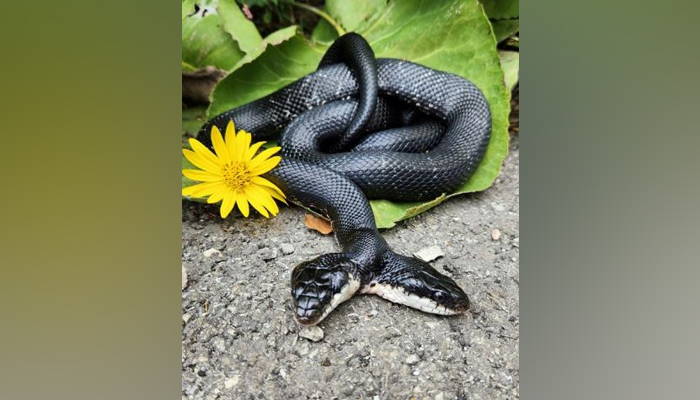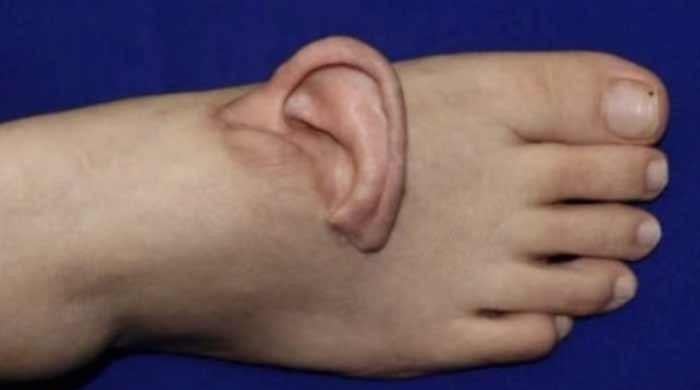Tiger-Lily: Rare two-headed snake undergoes major surgery in Missouri for unusual abnormality
Rare western rat snake’s ovaries removed after major surgical procedure
March 28, 2024

Tiger-Lily, a rare non-venomous two-headed celebrity snake in Missouri suffered an unusual medical condition compelling experts to conduct a major surgery as the reptile was about to leave the Department of Conservation’s Powder Valley Nature Center.
According to a press release by the Missouri Department of Conservation, a team member encountered a health condition after the rare western rat snake started sneezing blood.
“This immediately raised a red flag with our staff, and we quickly got her an appointment with the Animal Health Team at the Saint Louis Zoo,” Lauren Baker, a naturalist at the MDC was quoted in the press release.
The officials found that her ovaries were in a “pre-ovulatory stasis.”
“Under normal circumstances, the ovary would grow follicles, then ovulate them as eggs to eventually be laid,” the New York Post reported citing Dr. Michael Warshaw, a staff veterinarian at the Saint Louis Zoo, as saying.
He also added: “In Tiger-Lily’s case she began the reproductive cycle, but the follicles did not ovulate and instead continued to grow and remain static in her ovary. Over time, this led to inflammation and the risk of infection.”
The Saint Louis Zoo’s experts decided to remove the abnormalities and the rare two-headed snake is recovering under the expert supervision.
"We appreciate the Saint Louis Zoo’s quick response and expert treatment. I am so happy that our two-headed gal is getting the care she needs, and we’re all wishing her a safe and speedy recovery," Baker said.
"Tiger-Lily is actually a pair of conjoined identical snake twins that were never completely separated," MDC officials noted, adding that “they are rarely seen in the wild, partly because snakes born this way have a low survival rate."









